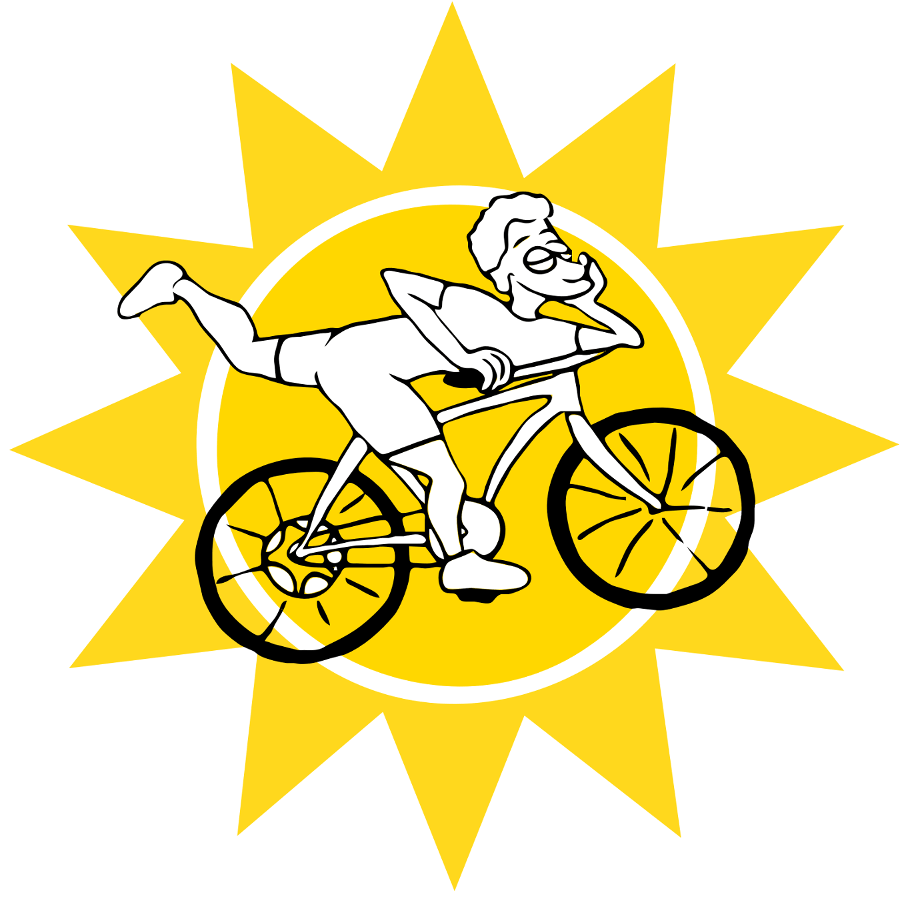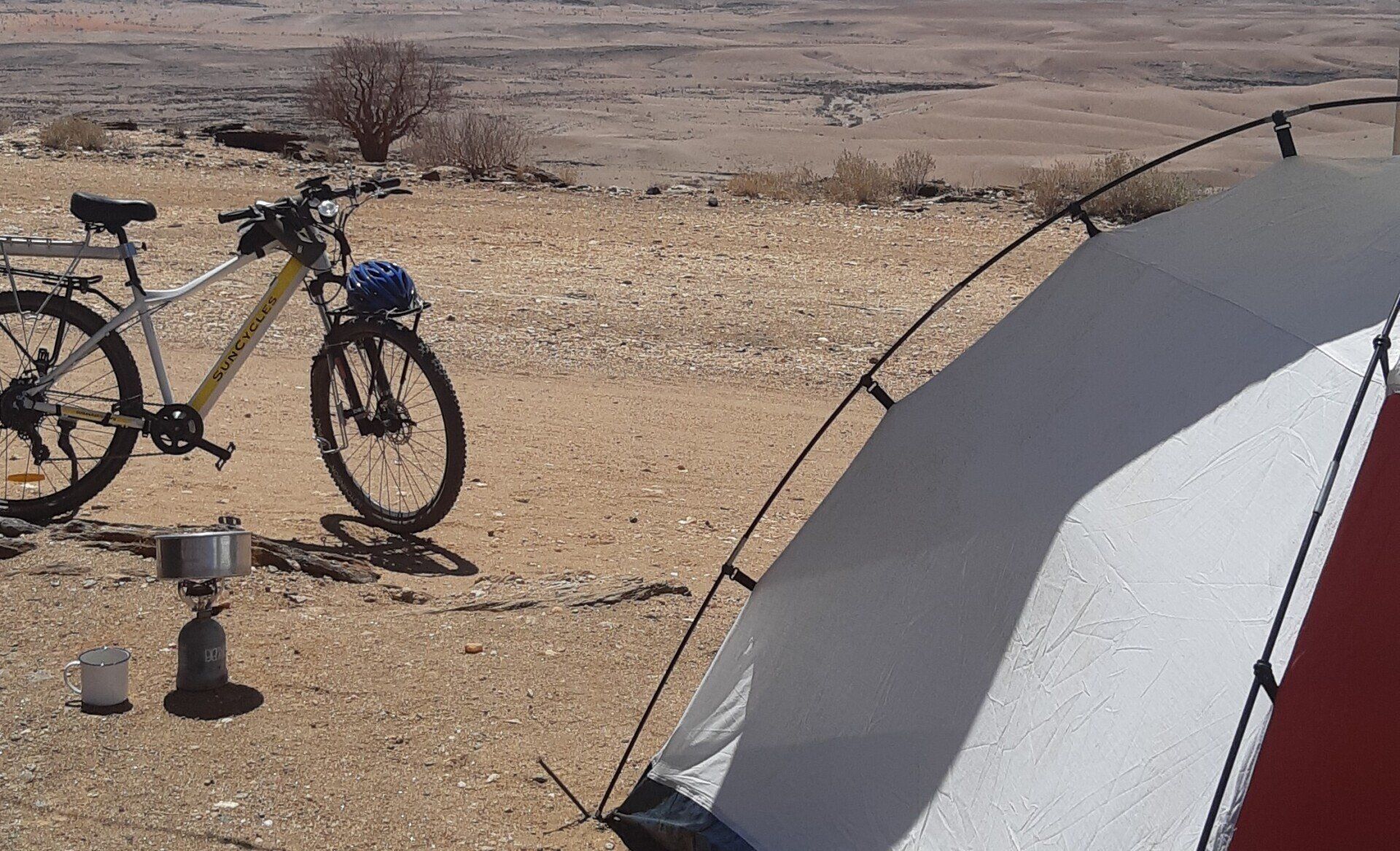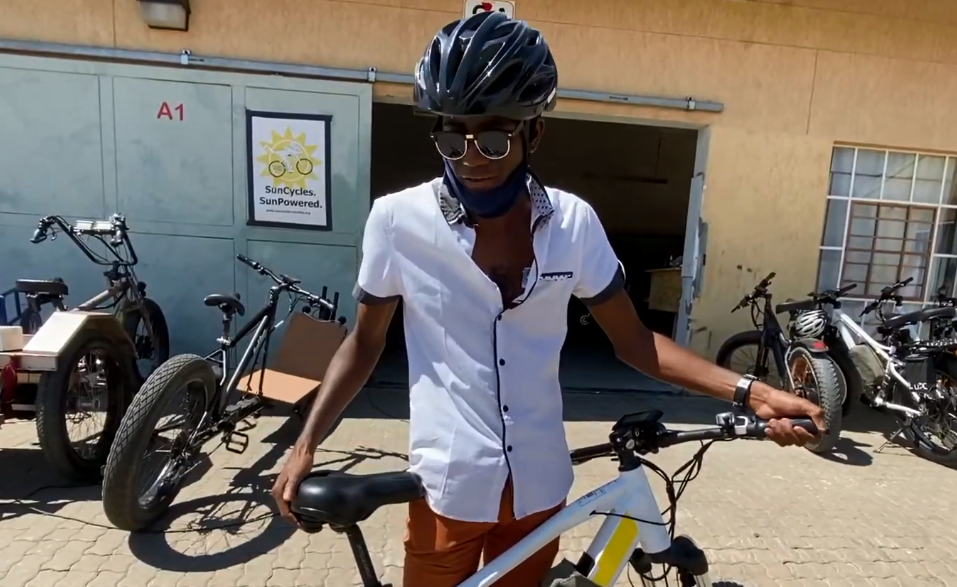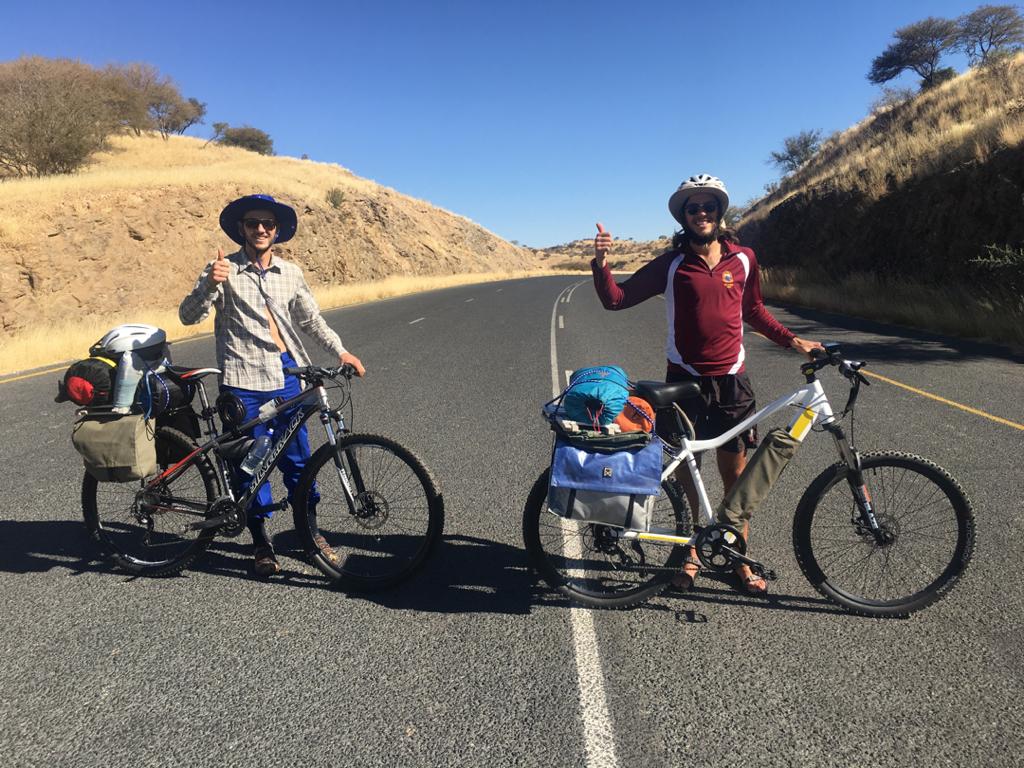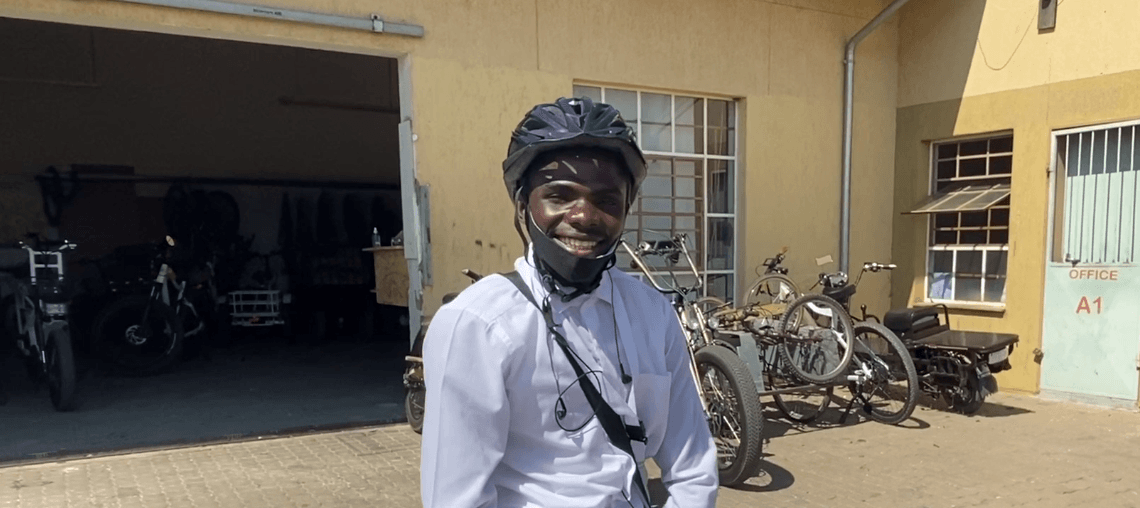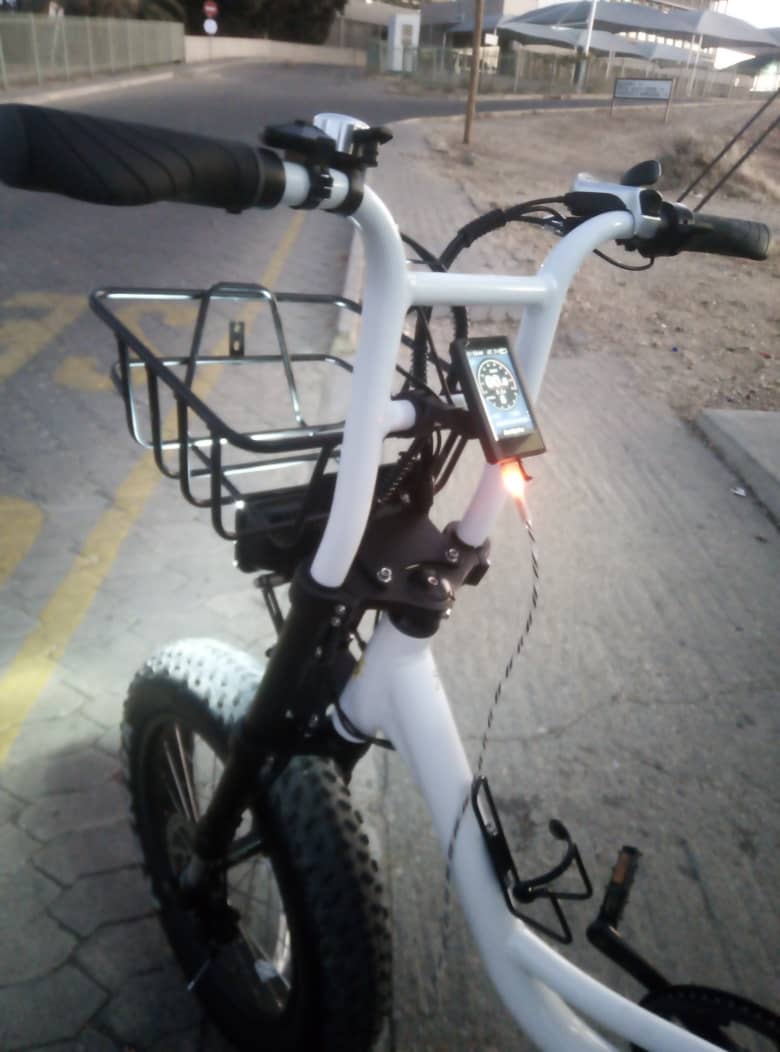Namibia Tour on an E-Bike
Paul Jaspers (Lecturer at Hogeschool Utrecht University-Netherland, Researcher at Stellenbosch University-South Africa) • 9 February 2021
Namibia Tour on an E-Bike
Although there are probably a lot of books written by other adventurers who have traveled through Namibia by e-bike, here’s a short article for those considering exploring the country on an e-bike for a few weeks, where I’ll be sharing some of my experiences and giving some tips that you can hopefully use for inspiration!
About the tour
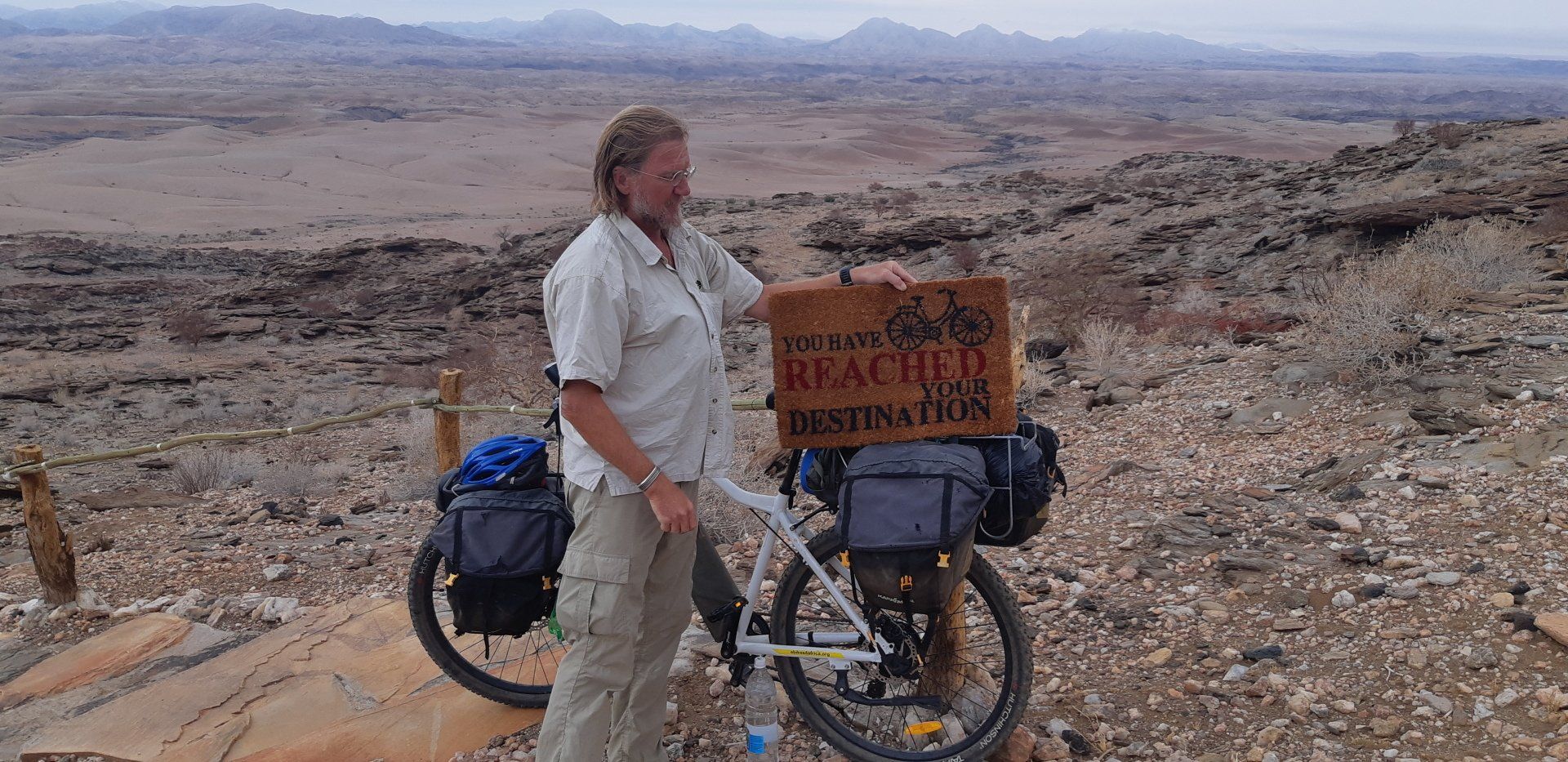
Namibia is about the same size as Germany and France combined, yet it’s home to only two million people.
It’s quite easy to rent an e-(mountain)bike in Namibia’s capital, Windhoek. Cost: approximately 60-70 Euro per week (www.ebikes4africa.org).
Just buy a detailed map (or download an app) of the country and try to plot a route beforehand (I would suggest a distance of about 50km-100km per day): the range of the e-bike I rented, with an extra battery, was about 75-100 km. This of course depends on the route (Namibia has a few large mountain passes!) and the road surface (mostly gravel). Take enough water with you (at least 6-7 liters a day). Temperatures can easily reach 35-40˚C (95-105˚F) since a lot of the country is desert. I usually started out around 6am, when it was still nice and cool (around 18˚C/65˚F). It can already get up to about 30˚C/85˚F at only 10 in the morning, which is why I always tried to be at my destination by early afternoon. I usually took a break from biking every few kilometers to relax and drink some water, which meant that my average speed was quite low, but it is how I had planned it – I didn’t want the trip to be a very exhausting one.
The amazing journey
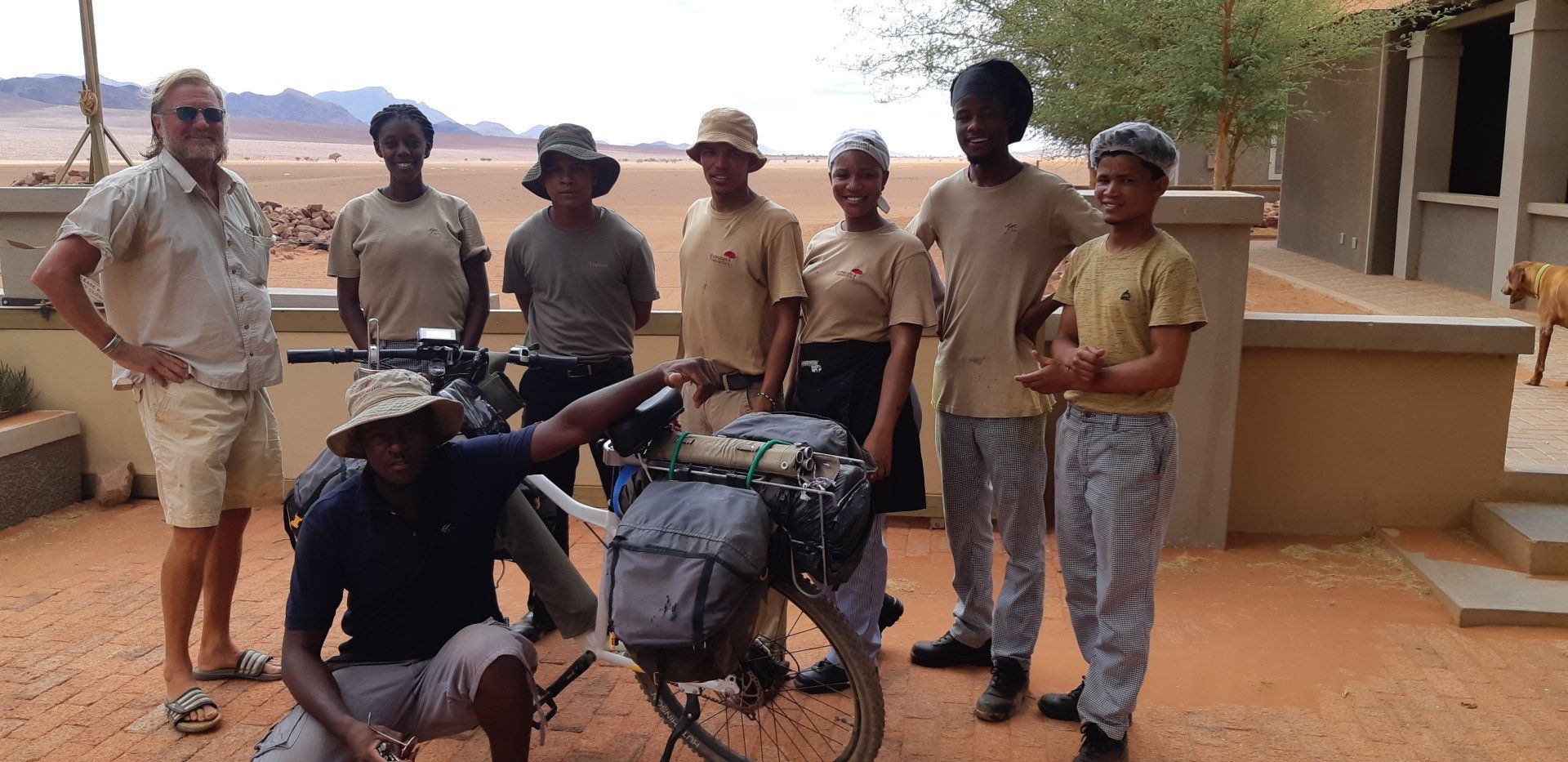
A big part of the journey is the preparation and reading travel guides, which, I think, all adds to the excitement beforehand. For example, what kind of bike bags are suitable and what do you all need to take with you for those few weeks on your e-bike tour. For only €15, I bought four really great bike bags on Marktplaats (an online used-items site similar to Ebay). And I took, for example, a small gas burner, a lightweight tent, proper biking gear (good shorts with padding are a must), extra bottle holders and some tools and bungie cords (elastics). It is a common pitfall to bring too much and during my trip I gradually emptied my bike bags, giving items away that I did not need after all.
Part of the preparation is also about planning the route, the distances to be covered and the overnight stays where the batteries can be recharged. I ended up hitchhiking twice because I underestimated the distance and the batteries went empty. People usually stop immediately and usually they have pickups with enough space in the back. On average only about one car went by each hour. Sometimes, when you’re on a bike, people will stop just because they’re curious as to where you come from or where you’re going, bottles of water are spontaneously offered or 'thumbs up' are given. A fully-loaded bike is just something you don’t usually see in Namibia: at least I hadn’t seen any during my trip.
Bernhard Walther from Ebikes4Africa had a bicycle with a 250W motor for me, with a front rack and a rear rack mounted onto it. He gave me an extra tire, tool set and a pump (which was fortunately not necessary), plus two chargers, so that both batteries could be charged at once overnight. Very hand, since it takes about eight hours to charge an empty battery.
After taking a taxi to Bernhard's ebike workshop in Windhoek, it was really just a matter of a short explanation, putting bottles of water and the bike bags on the bike, and then through the city and straight into nature! I actually wanted to rent a bicycle trailer with solar cells (to charge the batteries during the day), but this might be something for the next time.
Crossing through the capital of Windhoek on an e-bike isn’t so easy (no bicycle paths and a lot of traffic), but after about 15 km you are out of the city and you can access the Kupferberg pass via the C26, which consists of a few rather steep hills, with bad (soft sand) road surfaces here and there. But, once you’ve reached the top after a few hours of climbing (and occasionally descending, plus occasionally dismounting!), you actually leave the highland for a few hundred kilometers straight through the desert and it really only goes downhill all the way towards the sea . After about 130 km on the C26, the Gamsberg pass begins, which is about 20 km long (luckily downhill and with beautiful views!).
After about 200 km of cycling from Windhoek you can take the C14 southwards to Solitaire (known for its bakery with really good apple pie, among other things) and then on to Sesriem, where the famous very high red sand dunes can be admired. An excellent smooth asphalt road starts at Sesriem, which is about 65 km long and leads to the Sosusvlei. This was an absolute highlight of the Namibia cycling trip and a route with many photogenic points where you can admire and climb the high sand dunes. You can also take the C14 west to Walvis Bay, on the coast, that for the most part still goes downhill, but it’s a pretty boring stretch. Before Walvis Bay, the asphalt starts again and you can continue to the pleasant coastal site of Swakopmund and admire the Spitskopfe and the Brandberg via the B2 and the D1930, and then via Omaruru and Okahandja back to Windhoek. Or you can rent a car at Walvis Bay Airport, take the bike with you in the trunk of the car and explore Namibia by car and bike!
Three things that I will do different next time:
- bike shorter distances per day,
- bring more than 6 liter of water per day
- and pack much lighter
